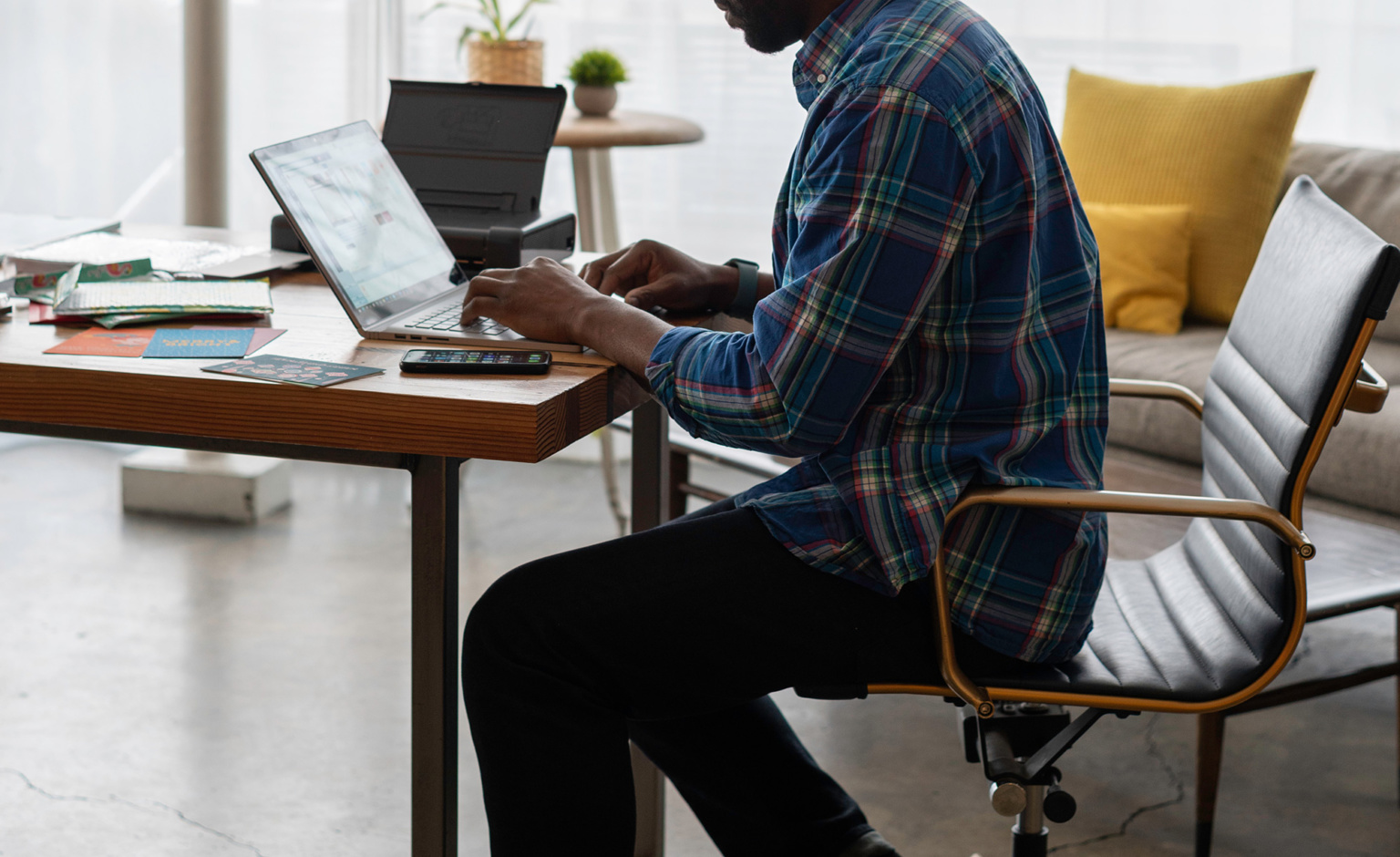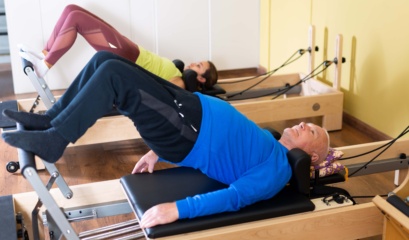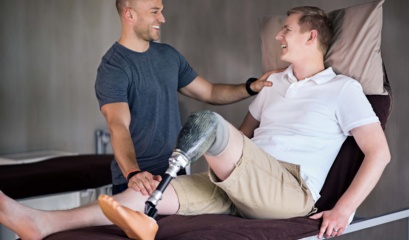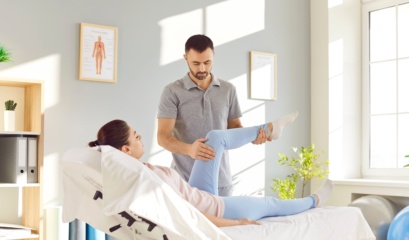Chronic Back pain affects 1 in 6 people in Australia with more than ¾ of those impacted being of working age. (1). Acute low back pain is even more widespread, afflicting 80-90% of people at some point in their lives. This makes low back pain one of the most prevalent issues in Australia, and most certainly a very common issue we help to treat in our physiotherapy clinics.
Poor sustained posture may be a contributing issue to many people who experience back pain. This is particularly relevant for those seated at a desk for most of their workday. Learning to properly set up your workspace is a fast and easy way to prevent the onset of back pain.
There is so much information out there regarding sit-stand desks, ergonomic chairs, footrests… all sorts of gadgets designed to ensure you navigate the dangers of lower and upper back pain. None of these will help if you are not in fact seated correctly in the first place.
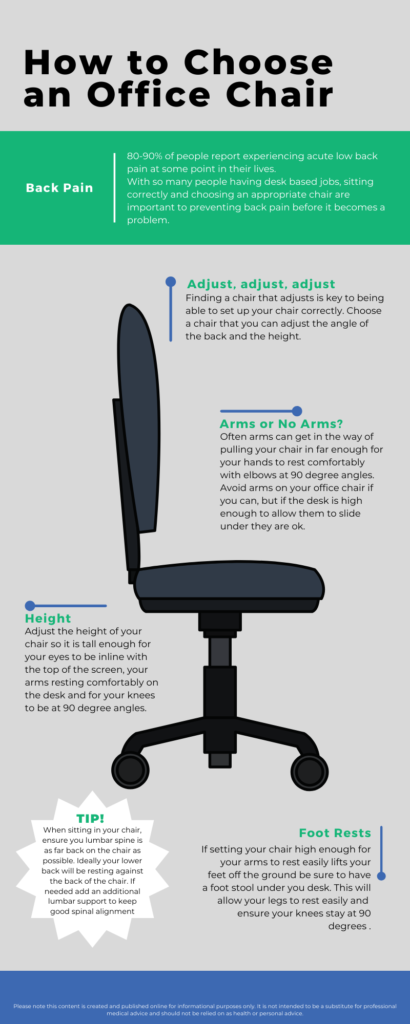
How to Sit Correctly:
- Sit with your hips as far back as possible on your chair. Your lumbar spine* should be positioned against the back of the chair. (*The lower portion of your back right where it starts to curve).
- Height of the chair should be adjusted so your knees are at 90 degree angles and feet flat placed flat against the floor. If you are too short for your feet to touch the ground, grab a footrest to help. A small box or stack of papers works just as well!
- Your chair should be high enough so that your arms can rest easily on the desk with elbows positioned at 90 degrees.
- Have your computer positioned directly in front of you without turning or twisting your spine. Also, pull your chair close enough so that your elbows are in fact at 90 degrees.
- Adjust your chair to have a straight back.
Choosing an Office Chair
Now that you know how to sit correctly, let’s chat about how to choose the right chair for you.
Solid Back
Choose a chair that has good, solid, back support. It needs to be set up with no recline to aid in support.
Choose a Chair That Adjusts
Every person has a different back and every person has different work-space conditions.
This means that what might work for one person, will more than likely not working for somebody else. So finding a chair that will allow you to adjust not just the height, but also the angle of the backrest, is crucial.
Arms or no arms?
Ideally, choose a chair with no arms. Often they can get in the way of pulling the chair close enough to the desk, which is not ideal. Allowing your arms to rest comfortably on the desk becomes that much more difficult. If your desk is high enough to allow the arms of the chair to slide underneath the desk completely, an exception can always be made.
Movement for Back Pain
Importantly, you should also aim to get up every so often from your desk throughout the day. A short 5-minute walk around the block to grab a cup of coffee, or standing up to work for a few minutes allows your body to stretch out and recover. This is also a great opportunity to do neck or back stretches to keep you moving throughout the day. This will lead to fewer and fewer issues over time.
A sit-stand desk is a great way to ensure you get enough movement throughout the day. If you do have access to a sit-stand desk, aim for 30 minutes sitting down and 30 minutes standing up.
What to do if you already have back pain?
Many people find their lives deeply impacted with back pain for one reason or another. Fortunately, many people can also find relief through Physiotherapy. There are a number of exercises and stretches that can be used to help ease the suffering and pain we’ve all experienced. Quality of life can improve with the right guidance and care.
See our locations tab to see if there is a location near you and give them a call.
We are always willing and able to help.


